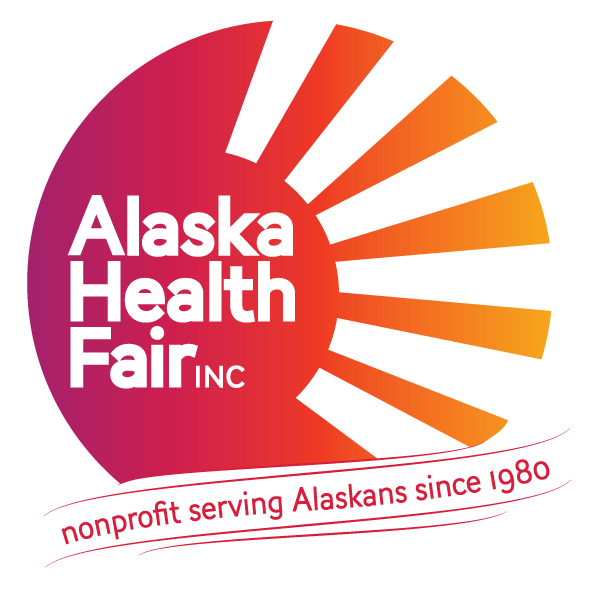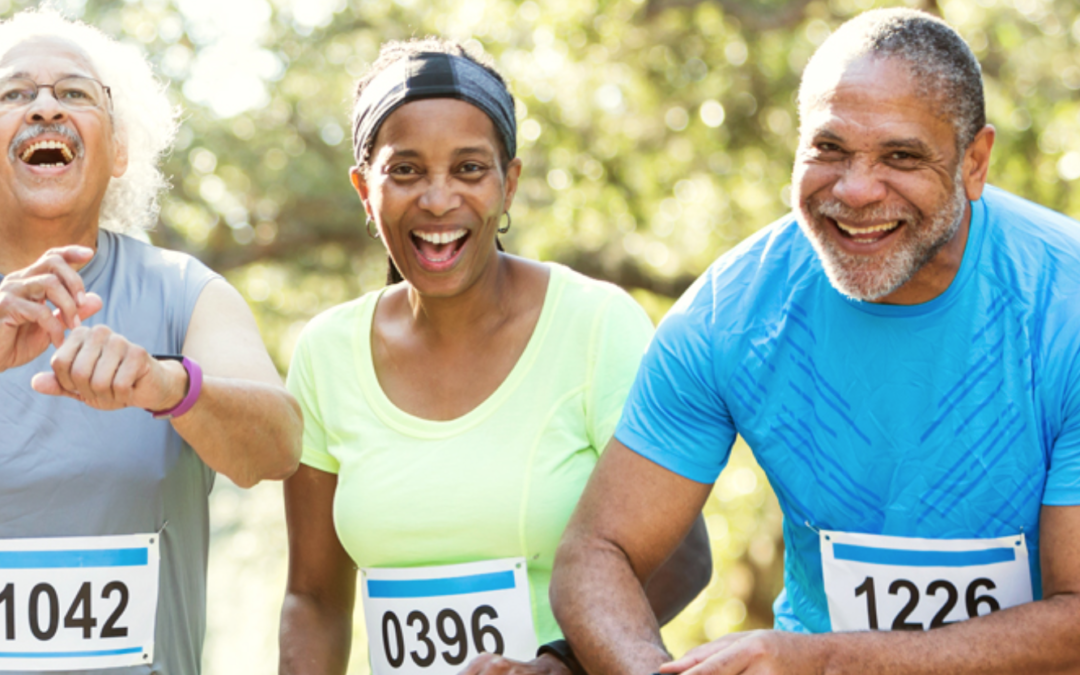Famous Fallers
The world has some famous fallers. Falls are the number one cause of injury, trauma-related hospital visits, loss of independent living, and death from an injury for those age 65 and older. The good news is that you can prevent falls.
A simple google search will give you a long list of famous fallers who required a trip to the Emergency Department. If you have fallen, you are in company of: John Glenn, American astronaut; Dr. Robert Atkins “weight-loss” guru; William D Bechill, first Commissioner on Aging; Supreme Court Justices Sonia Sotomayor and John Roberts; Nancy Reagan and Ed McMahon, Beyoncé and Paula Abdul, The Queen of England and Barbara Walters. The list goes on.
Why did they fall?
There are many reasons people fall. In this article we will discuss natural aging factors that you and the famous fallers share and what you can do to keep your body healthy to prevent a fall and stay independent.
Natural Aging
We used to believe that a fall is due to aging, however it is not age that increases the risk of falls— rather it’s natural aging AND the occurrence of other diseases or conditions (referred to as “co-morbidity”). The most significant aging conditions are muscle weakness, balance changes and vision changes. Co-morbidities include the addition of chronic and acute illnesses. The good news is that you have control how you age. Below are some fall risks and prevention strategies.
- Muscle weakness and reduced physical fitness is one of the most common risk factors for falling. A loss of muscle strength, balance, flexibility and coordination can lead to a fall.
- Balance changes is another factor leading to instability and falls. Age-related changes in the nerves, senses and muscle systems can lead to inability to stand upright for extended period of time or the way in which we react to a sudden loss of balance (e.g., a slip, trip or push).
- Vision changes can contribute to falls. Eyes change as we age and so does vision.
- Chronic illness has been associated with an increased risk of falling. Hypotension (low blood pressure), arthritis, diabetes, strokes. Osteoporosis (low bone mass and break down of bone tissue), does not increase risk of fall but does increase risk of a broken bone from a fall.
- Acute illness such as a cold or the flu can cause weakness, fatigue or dizziness, and short period of immobility. Even a short period of immobility is enough to lead to muscle weakness.
What can famous fallers and you do to prevent age-related falls?
Here are some strategies to reduce your risk of falling. Whatever you do should be easy, simple, and enjoyable. Think about it as an opportunity to improve endurance, strength, balance, and flexibility.
- To prevent muscle weakness and loss of balance, participate in regular physical activity such as walking, taking a fitness class, doing home exercises or something active outside like hiking or skiing.
- Endurance-aerobic activities that increase your breathing, heart rate, and stamina. Examples include: brisk walking, yard work, dancing, jogging, swimming, biking, climbing stairs or hills, tennis or basketball.
- Strength- even small increases in muscle strength can make a big difference in your ability to stay independent and carry out everyday activities such as climbing stairs and carrying groceries. Strength exercises include: Lifting weights and using resistance bands.
- Balance- balance exercise help prevent falls. Many lower-body strength exercises also improve your balance. Exercises to improve your balance include: standing on one foot, Tai Chi and Yoga.
- Flexibility- Stretching can help your body stay flexible and limber, which gives you more freedom of movement for your regular physical activity as well as for your everyday activities: To increase your flexibility, try stretching or yoga.
- Everyday activities are good for fall prevention too.
- Walk or bike to destinations whenever possible, take the dog, spouse or a friend for long walks.
- Carry items, do more manual chores like vacuuming or gardening and take the stairs.
- Stand on tip toes, walk on an uneven trail with a walking stick until your balance improves.
- Stretch while in waiting lines and bend over to touch your shoes a couple times a day.
- Talk with your health professional to identify and treat medical concerns that might increase your risk of falling. Discuss any previous falls with your health professional, fear of falling and review your medications with them. Have your vision checked at least once a year. Be assessed for cataracts, near or far sightedness, or new prescription glasses. Stay current on immunizations to prevent acute illness such as the flu, pneumonia, or shingles. Ask your health profession about taking Vitamin D to help keep your bones strong.
- Sign up for Free online Go4Life Activities. Go4Life, a free exercise and physical activity campaign from the National Institute on Aging at National Institute of Health, is designed to help you fit exercise and physical activity into your daily life and Stay Independent. This free program includes activities to promote endurance, strength, balance, and flexibility. Join Go4Life and try exercises, workout videos, free resources, and motivation coaches.
Contributed by Dawn Groth, DHSS SOA

